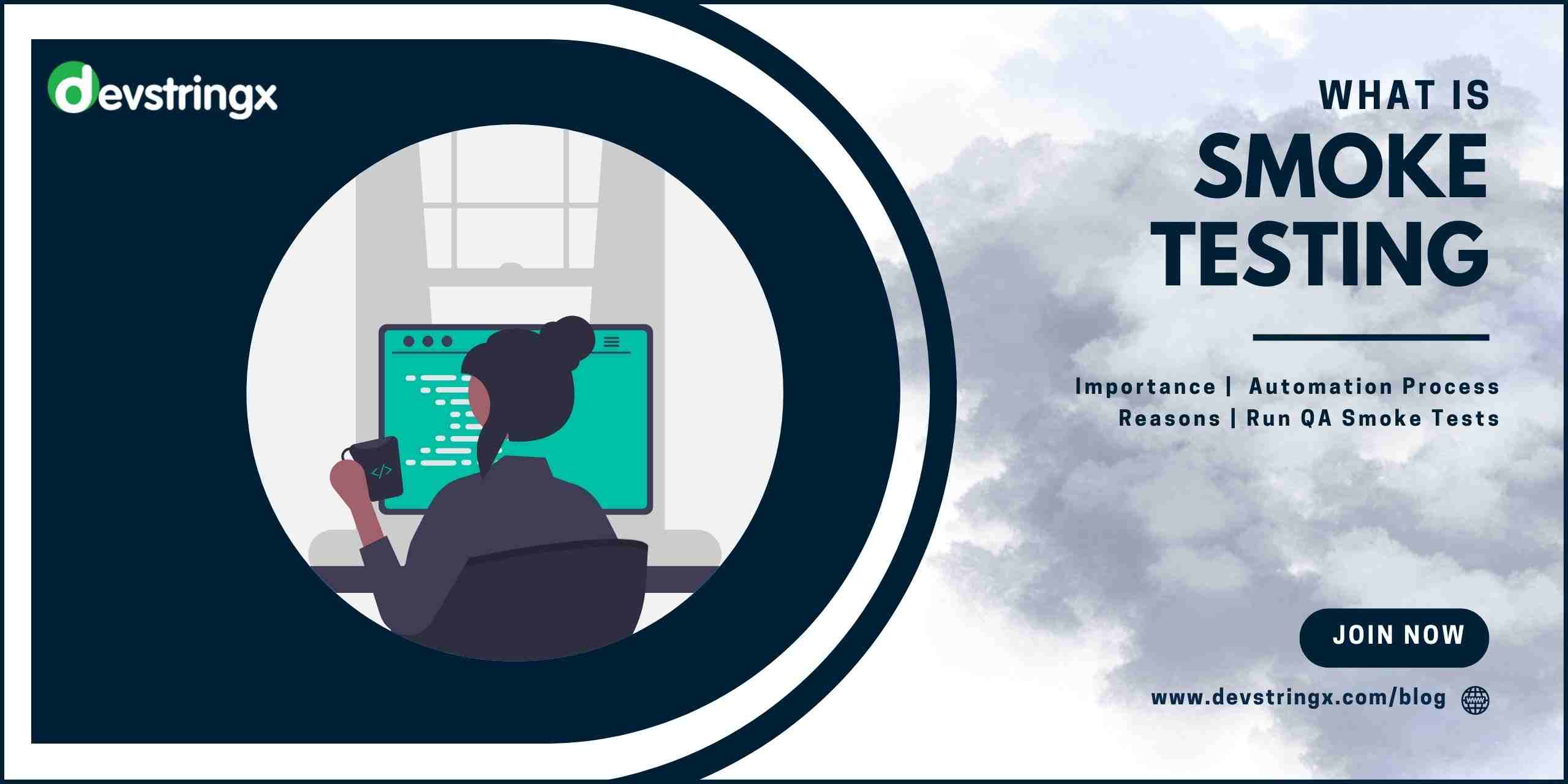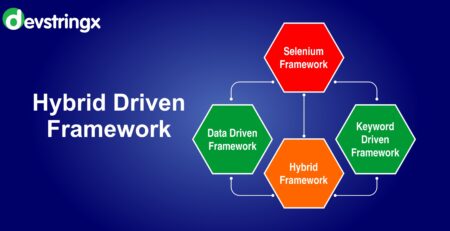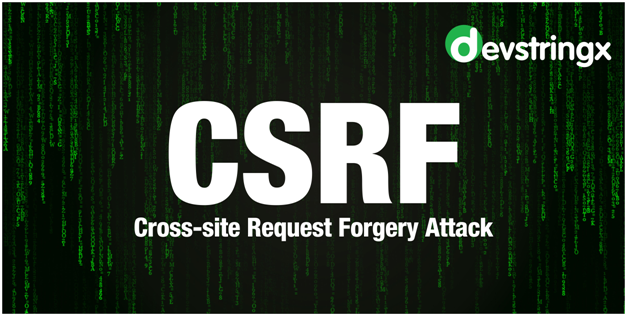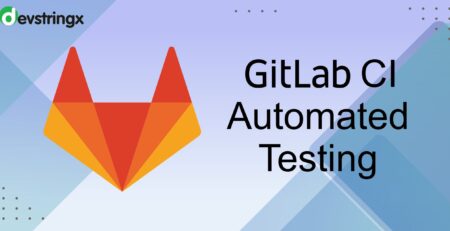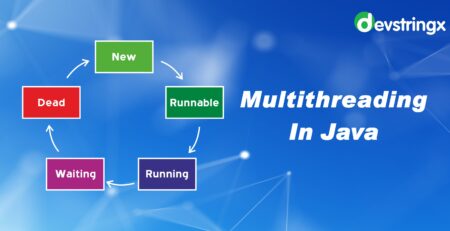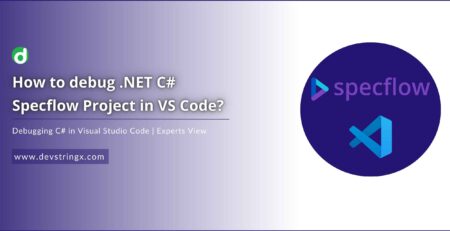What Is Smoke Testing? – Devstringx
What Is Smoke Testing?
Smoke testing is also known as build verification testing.
Smoke testing is a high-level test performed on an initial software build to make sure that the critical functionalities of the software or the application that you are testing is working properly.
It is executed before any detailed functional or regression tests are executed on that particular software build So the process of smoke testing targets all key features and is often considered as the cost-effective approach because you are just checking the basic functionalities and you do not have to spend much effort, time, and cost on that so if key features aren’t workings or major bugs haven’t been fixed then there is no reason to waste time on further lines of testing.
So a smoke test script ensures that you are touching all the major components of the software and that no key features or core functionalities are missed by you.
Most of the high-quality smoke tests share common characteristics and areas of coverage like it involves clicking or navigating through many or sometimes all screens of an application. Testing the key functionalities such as the sign-up form, adding to the shopping cart, exporting files, moving data, and the rest of the other things.
Verifying the correct layout of the graphical user interface and visual correctness are all the basic features we check during any smoke test.
But it’s optional that even after checking these features you can add on other features to check on according to your requirements.
Automation of Smoke Testing
It is important to identify the parts of the product that need to be tested for building smoke flow. For the most part, these are sections with advanced features. After that, you develop an automated program that tests those critical parts of your application. The important part here constitutes the most commonly used tasks than the others.
You can test these actions to see if your app is faulty. Examples of important functions include logging, generating reports, and adding and deleting records. You can also run a smoke test to check many other things, such as:
Whether your database environment is correct or your database version is appropriate for your particular application, it’s time to start any session with access to the menus and screen selections that allow you to enter, select and modify data.
When you select another test to automate, Smoke Test will be the first name on the list. Smoke testing provides companies with cost and time control benefits and delivers value to customers. These tests are added to the library of reusable scripts. These tests can take several days.
When performing this test on the first version of the software product, ensure that no part of the system is isolated. In this way, other tests can be launched without waiting for the whole application to be in a stable state.
How Important Are These Smoke Tests?
It is possible to get answers to preliminary questions like
- Can an application we are testing be successful without any errors?
- Does the login process function correctly?
- What happens when you click on the primary buttons or menus?
So a major benefit of running a smoke test is that it provides quick feedback within a matter of few minutes.
Recommended to Read- Guide On Types of Software Testing
Why Should We Do Smoke Testing?
- Bugs identified at an early stage
- Saves test efforts as well as test time
- Improves the effectiveness of the QA team
- Improves the quality of the system
Points to Consider When Performing A Smoke Test
- Smoke test during at early stage of a project
- Record all your smoke test
- The test case should be short and crisp
- Automate whenever possible
- Maintain a test case repository
- Use the smoke test to test basic functionalities
How is the Smoke Testing Done?
How you run QA smoke tests depends entirely on two important factors: the build tool configuration and the overall content of your application. However, the analytical procedure remains the same anyway. Here are some steps that outline how to perform a smoke test:
Step 1. Preparing for the test
After a successful build, some installation tasks must be completed before testing can begin. These tasks include installing licenses, saving files to another location, and starting the server.
Step 2. Collect test files
The next step is to test all files. Different smoke testing software will also have different command lines to bring the files that need to be tested to a local drive.
Step 3. Script
For more flexibility, make sure you only have one script for the smoke test. Also, the build script should be static at this point. Run the smoke test using the build tool. The test report should be saved to the location where the build file is stored. When a bug occurs, the developer should be notified immediately.
Step 4. Organize
Cleaning is required after the smoke test. Therefore, you may need to delete files, shut down the server, or perform other actions. This procedure can also be performed before the installation procedure. This will give you a clean environment to start testing.
Recommended to Read- Automation Testing Tools List
In Conclusion
Smoke tests are carried out on each version to detect defects at an early stage. This phase is the last phase of the software build system phase. This is an important step to ensure a high-quality application. It also significantly reduces the testing effort. You can also run it manually. But the results of automation are much better.
A smoke test offers you a simple straightforward yet supremely effective option to speed up the testing and bug-fixing efforts.
“If you’ve planned to test your product, Drop a message to us & get a free consultancy call with our experts”

